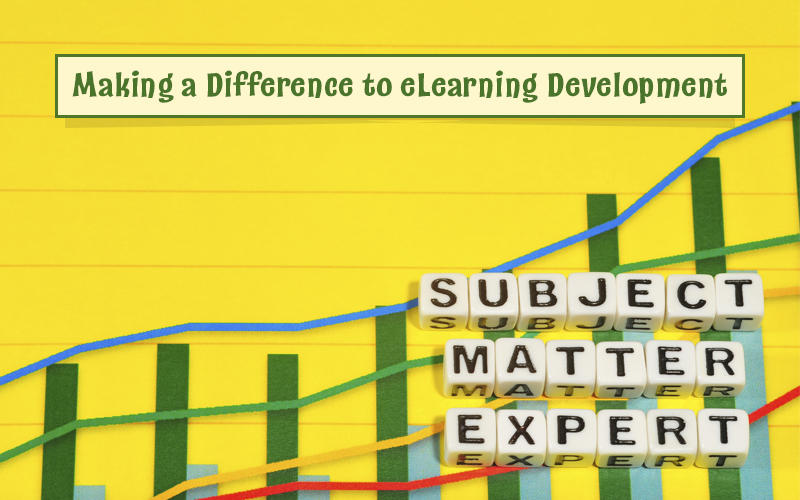Tapping a SME’s Tacit Knowledge: Part 1
Listed here are some of the effective ways of tapping into a SME’s tacit knowledge thoroughly for creating a comprehensive learning solution.

“Michael Polanyi said in his book Tacit Knowledge that we know more than we can tell. It is useful to keep this in mind when working with an SME.” This was an interesting comment (Thanks John!) on a recent post: A SME’s Wish List for the eLearning Team. A seemingly simple observation and yet something that can be easily overlooked when interacting with SMEs.
So how do we capture the tacit knowledge in a SME’s mind? And what are the implications for instructional design. A few random thoughts.
Are we barking up the wrong SME?
Many times, the SME on a project is probably not actively involved in work at the end-user level and hence may not be able to give you those important contextual details that can make all the difference between knowing something in an abstract theoretical way and internalizing it for creative application. You need a SME who is involved in more than a purely management capacity or who has lost touch with field work. Your SME needs to know the nitty-gritty of the actual tasks he/she needs to perform to be able to do a given job well. You could in fact consider having multiple SMEs – a functional SME for facts, rules, procedures, policies, and guidelines and a field type SME (for want of a better word) for real-life actual job details.
Are we ensuring an end-user perspective?
Think of the last course you developed on a software simulation. In all probability your SME was a development person who gave you inputs on what he /she felt were the critical must-know aspects of the software. Now that the eLearning course on using the software has been rolled out – not surprisingly, the end-users don’t seem to be able to ‘get it’ as intuitively as the SME thought they would. A classic case of user assistance gone wrong because of a missing end-user perspective.
Implications for Learning Design
Here are a few implications of the above considerations on instructional design
1. Impact on task analysis
Your task analysis could get off to the wrong start if you’re not actively interviewing the actual person who handles the task (whether is using a sophisticated system or operating a machinery or outlining a business process). In which case, by not involving the person who is as close to the desired performance as possible, we could end up not doing a meaningful task analysis that reflects reality as closely as possible. In turn leading to inadequate learning.
2. Impact on content analysis
In addition to asking the experts for information, one of the most powerful ways of tapping their tacit knowledge is by watching them perform a given task or demonstrate a given skill. Which is why in addition to printed materials, ask for demos, videos, live hands-on sessions before you design your course content. This step will help ensure that nothing important slips through the cracks.
3. Impact on learning design strategies at the micro-level
Here are three areas of impact:
- Provide learning in context: Without meaningful contextual hooks through case studies, real-life scenarios, information on exceptions to a rule, your eLearning strategies will be ineffective. The right SME is one who can give you these details as well, in addition to high-level overviews.
- Start at the very beginning: Being an expert can sometimes cause a SME to over look very basic, beginner’s level challenges. It is easy to go with the SME’s flow, but as instructional designers, we need to be able to extract back-to-the-basics kind of information first (at the risk of appearing like we’re doing a course for dummies!)
- Use show and tell as far as possible: In addition to videos being a powerful format for source content, they are equally powerful enablers of learning within the course. Capturing a SME’s live performance and adding a reflective summary that helps learners synthesize the main points helps capture skills as realistically as possible.





